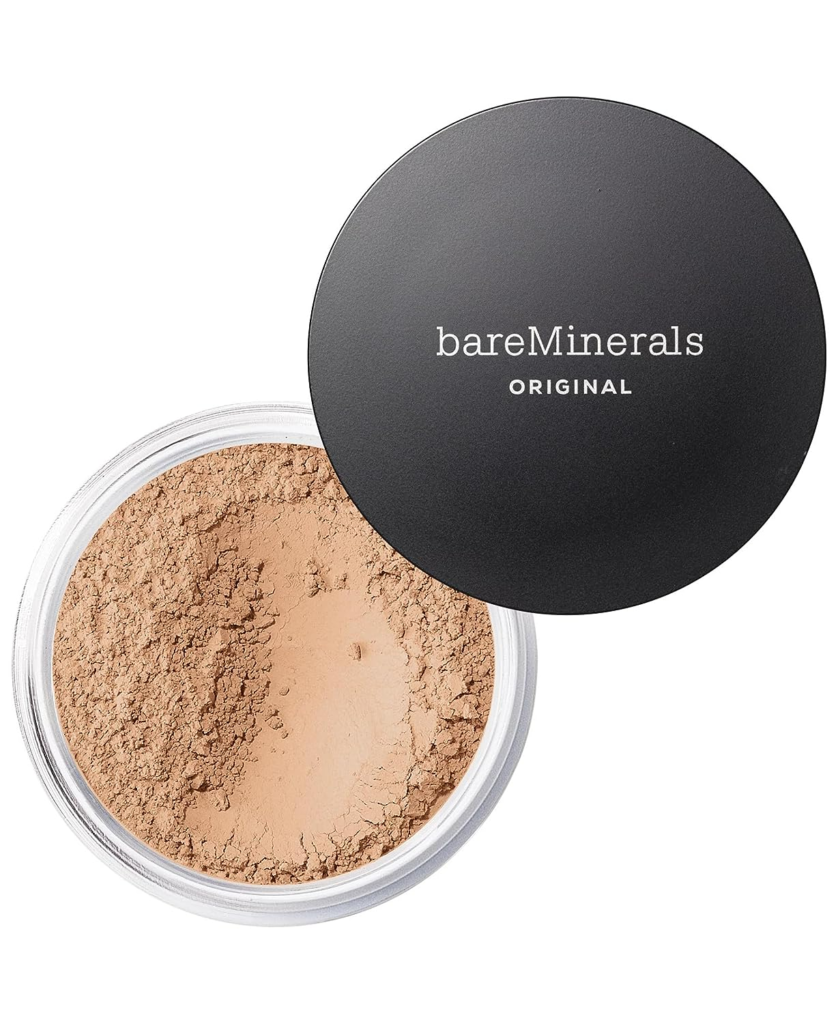
Creative female filmmaker working on post production of a movie from home. Boyfriend in the background.
In today’s digital landscape, video content has become an essential tool for brands, businesses, and creators. Whether it’s a product showcase, an engaging vlog, or a powerful story, video brings your ideas to life. At BuzzCreatorsDigitalMedia, we specialize in crafting top-quality video content, and today, we’re sharing essential video editing techniques to elevate your videos.
1. Organize Your Footage
One of the first steps in video editing is organizing your files. Begin by arranging your footage into folders based on scenes or types (e.g., B-roll, interviews, graphics). A well-organized project makes the editing process smoother and more efficient. Name your files descriptively to avoid confusion and save time.
2. Choose the Right Software
There’s a variety of videoediting software available, from beginner-friendly to professional-grade options. Adobe Premiere Pro and Final Cut Pro are industry favorites, offering a robust suite of tools for advanced editing. For beginners, tools like iMovie or DaVinci Resolve (which has a free version) provide great functionality without overwhelming complexity.
3. Start with a Rough Cut
A rough cut is your first draft. Begin by placing clips on your timeline in the order that tells the story. Don’t worry about making everything perfect at this stage. Focus on arranging the main parts of your video, like dialogue or narrative clips, to give you a base structure. Once you’re satisfied with the flow, you can polish the finer details.
4. Add Transitions and Effects Carefully
Transitions and effects can enhance a video, but overdoing them can distract viewers. Use simple cuts, fades, and cross dissolves to ensure smooth transitions between scenes. When adding effects, consider the tone of the video. For instance, high-energy scenes may benefit from quick cuts, while slower, dramatic scenes may use fades for emotional impact.
5. Enhance with Music and Sound
The right audio can make or break a video. Use music tracks that complement your video’s mood and pace. Many video editors use royalty-free music libraries or original compositions to avoid copyright issues. Make sure the music volume doesn’t overpower dialogue or important sounds. Adding subtle sound effects, like ambient sounds or transitions, can create a more immersive experience for viewers.
6. Use Color Grading for Mood
Color grading is essential for setting the tone of your video. Adjust brightness, contrast, and saturation to make your footage visually appealing. Many editors use tools like LUTs (Look-Up Tables) for quick adjustments and consistency across clips.
7. Optimize for Various Platforms
With audiences watching videos on multiple devices, it’s important to optimize for each platform. If your video will be on social media, consider a vertical format for mobile users. For YouTube or desktop viewing, a horizontal format works best. Additionally, make sure your file size, quality, and resolution are suitable for your chosen platforms.
8. Finalize and Review
Before publishing, review your video carefully. Look out for any inconsistencies, rough cuts, or audio issues. Consider watching the video on different devices to ensure it looks and sounds as expected. A second pair of eyes is invaluable, so ask for feedback from someone on your team or a friend.

Conclusion
Video editing is both an art and a technical skill. At Buzz Creators Digital Media, we understand the power of video in creating connections and driving engagement. Whether you’re a beginner or experienced editor, these techniques can help you create polished, impactful videos that resonate with your audience. Happy editing!
For those who need professional video editing, Buzz Creators Digital Media is here to help. Contact us today to bring your vision to life with stunning video content.
Creative filmmaker working on post production of a movie while working from home. Girlfriend in the background is walking in the house and talking on the phone.
#videomaking
#videoediting
#videoeditingtips















